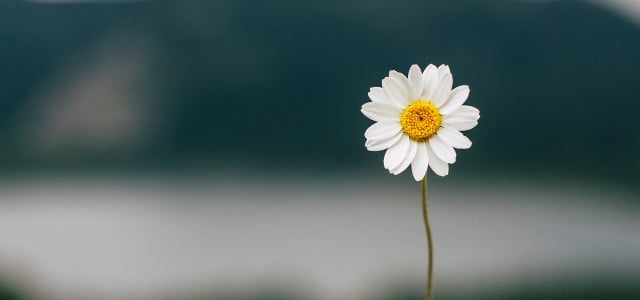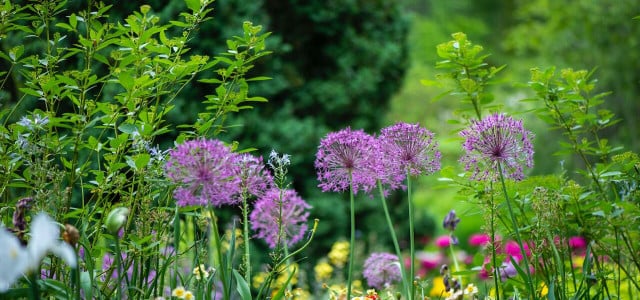Read our guide and learn how to deadhead daisies, where these sunny blooms originated, and if they are conducive to planetary and human health — or not.
Whether he/she loves you or loves you not — your daisies will love you if you pay them a tiny bit of attention. Learning how to deadhead daisies only takes minutes and isn’t a demanding job. Deadheading simply involves the removal of wilted or dead flowers to encourage and make room for more blooms. It also maintains the plant’s beauty.
The practice of removing spent blooms isn’t confined to just daisies. Many flowering plants require deadheading to encourage flowers to flourish. Check out our articles for an explosion of flower power this summer:
- how to deadhead roses
- how to deadhead petunias
- how to deadhead geraniums
- how to deadhead dahlias
- how to deadhead hydrangeas
To deadhead daisies, you will need:
- Gardening gloves (Members of the Asteraceae family contain natural chemical compounds called sesquiterpene lactones that may cause skin irritation in those sensitive to it.)
- Clean, sharp hand shears (scissors will suffice)
- A bucket/basket/paper bag to collect dead heads
Types of Daisies
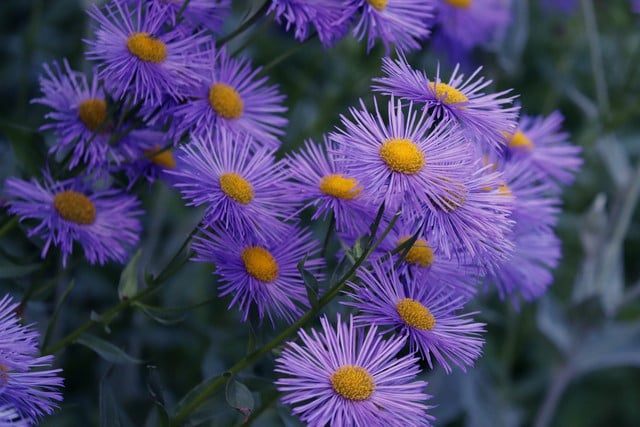
Daisies — often called asters — are just one of many sun-loving plants to add to your garden. They are a species of flowering plants belonging to the popular Asteraceae family. This family also includes garden favorites — like chamomile, chrysanthemums, cosmos, dahlias, marigolds, and sunflowers — as well as wildflowers (or weeds to some) — like dandelion and ragweed.
The daisy family has the largest number of species of flowering plants — at 23,000. The term aster relates to the star-shaped flower heads daisies and other species in this family produce. These beauties usually have a bright yellow disc-shaped center with 15–30 ray-like petals (that are usually white but can be any range of colors).
The name daisy is most commonly used to denote:
The oxeye daisy is a perennial that grows to a height of about 60 centimeters. Its single flower heads are about 2.5 to 5 centimeters with white petals.
The Shasta daisy is a cultivated hybridized daisy that resembles the oxeye — only bigger.
The English — or true — daisy is often used as a bedding plant and comes is various colors and varieties. Like the oxeye, the English daisy is native to Europe but has become a common wild plant in much of North America. Many class this plant as a lawn-weed. The English daisy grows close to the ground on a single stem and has tiny hairlike structures on its leaves.
If you want to become an expert at recognizing different varieties of daisies — download one of the best free apps for plant identification.
How to Deadhead Daisies
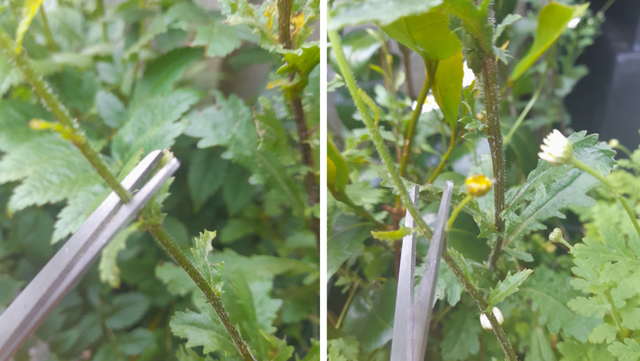


How to deadhead daisies with leaves on their stem (usually tall varieties)
- Identify withering and wilted blooms.
- Examine the stem below the wilted bloom and check for side buds that are maturing into flowers. (Many daisy varieties produce these side buds at areas of rapid growth.)
- Cut above the side bud that is closest to the deadhead above it.
- If your daisies do not produce side buds — cut above the first pair of leaves below the deadhead.
- Gather your deadheads and add them to hot or cold composting piles.
How to deadhead daisies with no leaves on their stem (usually short and bedding varieties)
- Identify wilted blooms.
- Remove the entire deadhead and its stem to prevent the plant putting energy into maintaining the stem.
- Gather your deadheads and add them to hot or cold composting piles.
How Does Deadheading Daisies Work?



Flowering bushes and shrubs are programmed to reproduce. All living things are! Flowers are an important part of plant reproduction. The purpose of flowers is to attract pollinators for pollination. This is necessary for fertilization and seed production to occur — and why our falling population of pollinators is threatening our very existence. The cycle of life depends on these tiny creatures.
Their vibrant colors and heavenly scents flowers produce attract favorites like bees, butterflies, flies and other creatures that disperse the pollen grains as they feed from plant to plant. Fertilized flowers develop into seed pods — which eventually grow into new plants. So, if you deadhead your daisies — they will not be able to reproduce and will keep flowering as much as they can in a bid to so.
Just getting into gardening? Read our guides on how to start a garden from scratch and how to realize urban gardening this summer.
When Should I Start and Stop Deadheading Daisies?
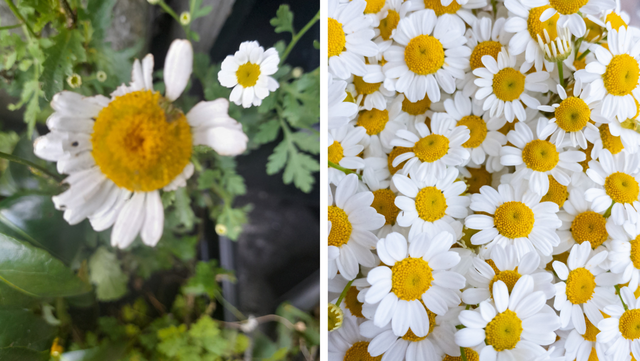


Start deadheading daisies at the first signs of drooping, withering, or wilting on petals. Keep and eye for discoloration of the central yellow disc too. It will darken as seeds form inside it. Continue deadheading at least once a week throughout summer until flowering naturally begins to slow. If your daisies belong to an invasive family — deadhead until flowering stops completely to prevent seed dispersal and spread.
Feed your daisies some homemade fertilizer every two weeks as well as deadheading for optimal plant health and an abundance of flowers.
Are Daisies Environmentally Friendly?
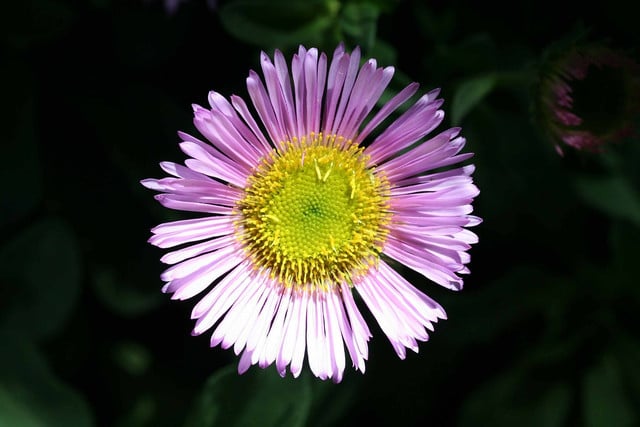


Because there are so many species of daisies growing all over the world, we cannot make a general statement about whether they are helpful or harmful in each respective environment. To give you an overview, let’s have a look at some examples:
The common lawn daisy in the UK
The Game and Wildlife Conservation Trust in the UK states that its native English daisy has a lot to offer the environment. The Trust recognizes many benefits of the common lawn daisy in particular — and its ability to flower throughout most of the year. It describes this daisy as a “welcome source” of nectar and pollen for small solitary bees, flies and beetles — particularly when other flowers are absent.
Engelmann’s daisy in the US
A North American native — Engelmann’s daisy — is also recognized for its benefits at home. This variety is used on slopes — like roadsides and embankments — to help reduce soil erosion. These flowers also offer better aesthetics in otherwise less attractive areas. Overall, daisies in their native area seem to play a beneficial role in planetary health. However, humans didn’t leave these delicate beauties in their homelands. Our human-environment interaction in this case, may have brought harm.
The oxeye daisy in the US
The oxeye daisy is native to Europe and Asia, but was introduced into the US as an ornamental in the 1800s. It has since become a common wild plant in the US — and an invasive one too. Usually found in fields and meadows — it out-competes native plants and agricultural crops and can carry crop diseases.
The California National Park describes the oxeye daisy as an aggressive invasive species — noting how it forms dense stands that tend to displace native vegetation, especially wildflowers — resulting in a species-poor plant community that serves only a limited number of wildlife species. It is prohibited to transport, buy, sell, offer for sale, or distribute these plants in Washington and other regions.
The oxeye daisy might be on the Washington State quarantine list and considered invasive — but it is not considered a major threat to native habitats by everyone in the debate. Nor does it appear to be the worst invasive species in the US. In fact, some experts would argue that these daisies are potentially more valuable than some of the crops they compete with.
These experts suggest that overgrazing, road construction and maintenance, disruption to land, the “waste” spaces humans create — essentially the types of disturbed ground these daisies tend to thrive in — are actually the problem. They also consider the oxeye as an important plant for pollinators in the UK and North America — suggesting yet again that human practices may be the problem.
Deadheading daisies will prevent seed formation and substantially reduce the plant’s potential to invade and reproduce virulently.
Don’t Deadhead — Go Daisy Crazy Instead



Daisies are attractive flowers for bees and many other important pollinators. Growing the right variety for your area will help minimize the spread of an invasive species. Deadheading daisies until flowering stops completely will also improve damage limitation. Remember — daisies come is thousands of shapes and sizes.
Did you know that many of the so-called ‘weeds’ in the daisy family are among the many flowers that can also turn your garden or balcony into a bee paradise?
Several also have a range of benefits for you too. Dandelions are one such species. They are quite nutritious when consumed and delicious when you learn how to eat dandelions in tasty ways. You can use the leaves of this “weed” in salads, use the edible flowers to make dandelion honey, or learn how to preserve dandelion flowers, leaves and roots to use in medicinal remedies.
You could also check out some fascinating uses for chamomile and introduce this beneficial member of the family to your garden and local pollinators. Or perhaps you would like the tall and light-loving sunflower cousin to stay instead? Check out our article on how to plant and care for sunflowers and don’t deadhead these daisies! Instead, learn how to preserve sunflowers or how to harvest their seeds. You can make anything from wet or dry potpourri — to sunflower seed butter!
Read more:
- Can You Beat the 30 Plants a Week Challenge?
- 6 Rose Diseases and Pests and How to Treat Them
- Why Is My Plant Soil Moldy and How Do I Fix It?
Do you like this post?






